
Tykocinski medical Group
-
Posts
295 -
Joined
-
Last visited
Content Type
Forums
Profiles
Store
Gallery
Articles
Blogs
Events
Downloads
Posts posted by Tykocinski medical Group
-
-
-
-
L.L.B.F his a 34 y.o patient, that have a baldness in process Norwood class III go in to IV but probably will be in the future class V.
So, he need for sure a big first session to cover a lot hair and his bald area and possibly to cover now some areas that will look bald in the future. For the obvious reason we decided for FUT. Especially in this case that have great elasticity and great density in donor area so make that decision very easy to use of FUT.
Nevertheless we insist to care on scalp massage to and sure a great process and a painless pos-op
We care on surgery and manage almost 4000 FU! Making 8.602 hairs that recovered frontal area, temporal area, and go in some in the vertex direction.
The post-op was very smooth, no incidence and reative the result 1 years after. For now, he releve is complete but I advise him that in the future maybe 5 or 7 years he probably needs a second session procedure that not just cover new bald area but also reforce a little bit the density
-
L.L.B.F his a 34 y.o patient, that have a baldness in process Norwood class III go in to IV but probably will be in the future class V.
So, he need for sure a big first session to cover a lot hair and his bald area and possibly to cover now some areas that will look bald in the future. For the obvious reason we decided for FUT. Especially in this case that have great elasticity and great density in donor area so make that decision very easy to use of FUT.
Nevertheless we insist to care on scalp massage to and sure a great process and a painless pos-op
We care on surgery and manage almost 4000 FU! Making 8.602 hairs that recovered frontal area, temporal area, and go in some in the vertex direction.
The post-op was very smooth, no incidence and reative the result 1 years after. For now, he releve is complete but I advise him that in the future maybe 5 or 7 years he probably needs a second session procedure that not just cover new bald area but also reforce a little bit the density
-
Watch the explicative video on Hybrid Flat Punch for FUE Hair Transplant
Basic movements (cut to the sides and dissect forward):
1-Simple Engagement (Harris) - align it (align the punch with the hair shaft angle), centralize it (put the hair inside the punch and center it), engage it (with gentle pressure to ensure that the entire punch borders are touching the skin) and initiate oscillation by pressing the pedal – keeping the punch still until it cuts the epidermis which enters inside the punch. Then, with a light movement let the punch penetrate the scalp, guided by the hair shaft, using just the hand piece weight, until reaching the dissection depth.

2- Edge Pressure (Devroye) – the same: align, centralize and engage it, but while starting the oscillation, apply gentle pressure on the edge, over the punch corner, before moving forward. This pressure on the scalp made with the corner of the punch takes advantage of the flat square border design and allows it to cut under low speeds. Once you break the skin, just move forward and penetrate smoothly. Again, with a light movement let the punch penetrate, guided by the hair shaft using just the hand piece’s weight, until completing the dissection depth.
Using a flat punch has one major difference: there is a frontal face. Totally different from a sharp punch, that cuts forward, this frontal face its flat and doesn't cut forward, therefore can press down the graft inside the scalp. If the graft doesn't have enough time to penetrate inside the punch lumen or the frontal pressure is too intense, the graft can be buried. On most times they will come up after a while, but this is not a rule. In order to address that issue, I developed some maneuvers that facilitate the graft to enter the punch lumen. These lateral movements should be done before cutting all anchor points, because once the graft is fully released, it’s easier to get buried with minimal pressure.
3- Back to Front Swing (Tykocinski) - the same as edge pressure, but instead of applying gentle pressure, this time you will perform a short and fast back swing after the engagement, while starting the oscillation. The swing should be enough to visibly stretch the scalp backwards until you break it. Then release the pressure and you will swing to the front. Very important: before moving forward to complete dissection, you will need to realign the punch with the hair shaft’s original position. Once realigned, move forward to complete the dissection, basically using just the weight of the hand piece. Hold it gently and let it go. Let the hair shaft guide the movement, not you! This extra swing helps to cut thick or firm scalps, where you would need to apply more pressure, more speed or rotation, consequently increasing transection. This Back to Front Swing movement resembles that of a “diver”: getting back and pushing down before jumping into.
4- Lateral Swing (Tykocinski) - the same, but instead of performing a Back to Front Swing movement, you will perform a Lateral Swing: first to one side than to the other, then realign and penetrate. This movement resembles "putting on tight jeans”: you have to swing side to side in order to get inside. This is useful for areas where the scalp is too thick and mushy, like in lower occipital area.
5- Circular Swing (Tykocinski) - instead of to the sides, the swing is all way around, like a "can opener"! Of course, this is the riskiest one concerning transecting hairs, but could help on exceptional cases with extra firm scalps. As always, realign with the hair shaft before penetrating.
-
-
-
-
-
Dr. Tykocinski always recommends that his patients do the scalp massage before FUT.
He made a video explaining why it's important and shows how to do it:
Click:https://www.youtube.com/watch?v=GUwlGYy6OxI
Look how is the donor area after a mega session:
Click:https://www.youtube.com/watch?v=3hZSYaPzDr8
-
-
The Scalp Micropigmentation with effect Abrasion (Shaved Effect) is indicated for men with advanced baldness, who do not wish to or cannot perform a hair transplant and scrape the hair. It is also indicated for cases of alopecia areata, in which all the hairs were lost, and we revive the entire scalp, with effect scraped. We use this technique also to camouflage scars on the scalp, are by trauma or surgical scars.
Implante e Tratamento Capilar - Tykocinski Hair Restoration
Pacient 50 years old, 1 session
-
The Scalp Massage is necessary for FUT procedure.
Dr. Tykocinski teaches the correct method of performing capillary massage
-
FEMALE HAIR LOSS CLASSIFICATION
The first sign of female hair loss is a hair thinning, generally seen on the forepart and the superior part of the head. In the beginning it seems that the hairdo scratch becomes wider, until it’s able to notice a reduction of the volume and a slow growth of the hair (Degree I). Later, an accented rarefaction creates a kind of transparency allowing one to see the contour of the head through the hair (Degree II). The hair becomes ultra thin, clearer, and fragile (Degree III). In this stage the baldness is installed already. The hair line on the forehead is generally saved, as well as the hair on the posterior region, above the nape of the neck, for being less susceptible to hormonal action. In the anterior line the aromatase enzyme helps protecting the hair from hormonal action.
This 76 years old woman taken Ludwig II. She he opted for a 2 session FUT with 4.752Ufs
-
-
Donor Area after FUT 7154 grafts
Trichophytic Stitches is a delicate technique, the healing process in the donor area became unnoticeable even in close-ups and with shorter haircuts . The brilliance of this technique is to allow hair to grow on the fine scar line which is still in formation, “camouflaging” it.
The main concept is that after removing from the donor area, a 45 degree chamfer, with 1 to 2 mm width and depth is made on one of the edges, making it become a band. The 1mm wide scar, which may occasionally occur (in most cases it is invisible), is still there, but is now covered with hair.
Watch the video:
https://www.youtube.com/watch?v=x8jfxT-rQDk&spfreload=5
-
Patient, 35 years old, with good elasticity in the donor area and without tension. Was Removed a strip of 31,5x1,8cm the donor area.
3696 grafts were implanted.
-
All of the subtle variations of the hair must be reproduced according to each area: direction and angulation of the strands – which change from the front to the sides; the variations of density and volume – milder in the front and denser at the forelock; and the natural pattern of the follicular distribution – only FUs with 1 strand in the line next to the forehead (hairline), FUs with 2 strands in the lateral regions (parietals) and hairline (temporal); and FUs with 3 and 4 strands in the forelock (central-frontal) region. Preserving these particularities of the natural hair, there can only be one result: naturalness.
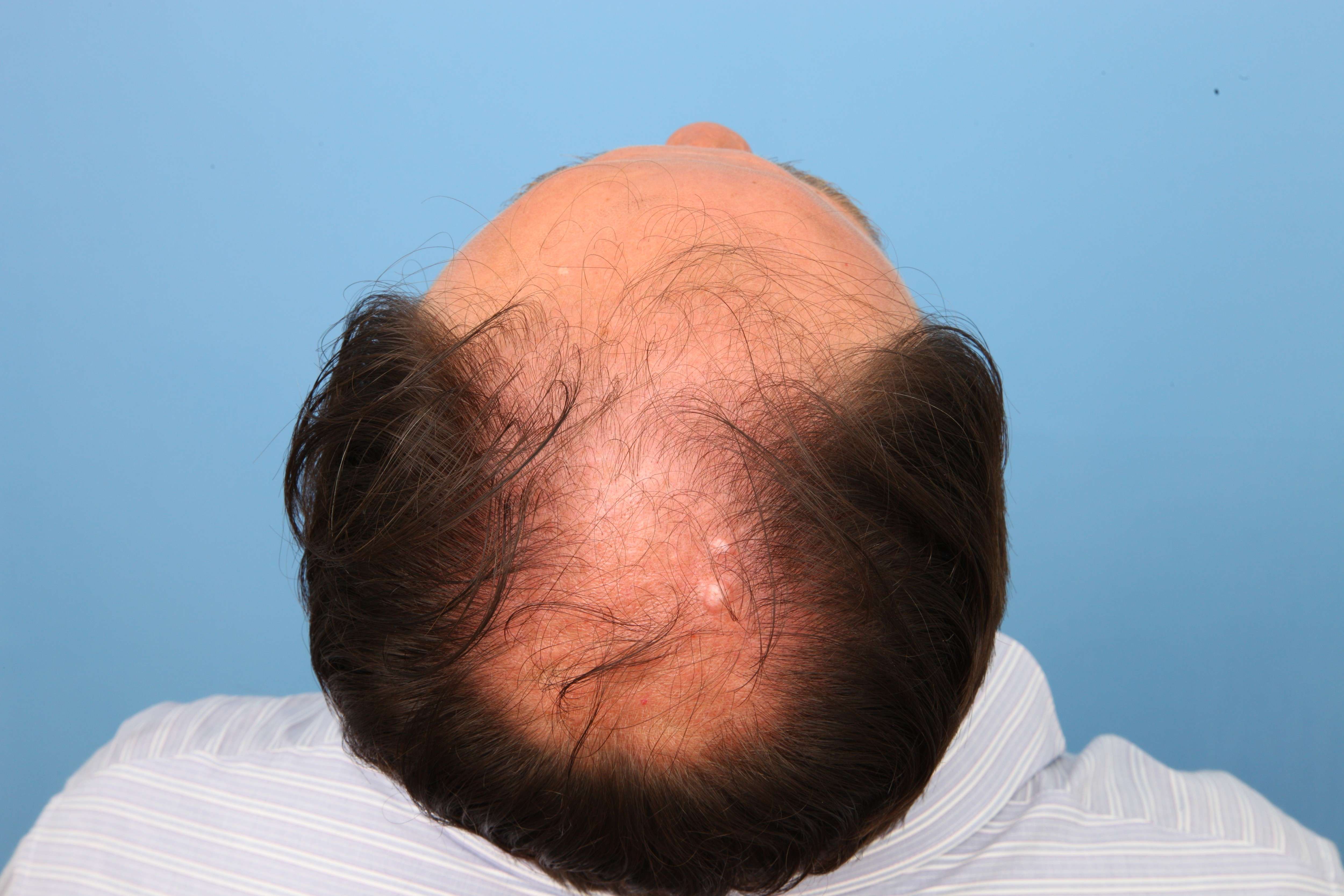
7.154 grafts in two sessions: first with 3,200 grafts and the second with 3954 grafts. The focus was on the forehead and vertex.
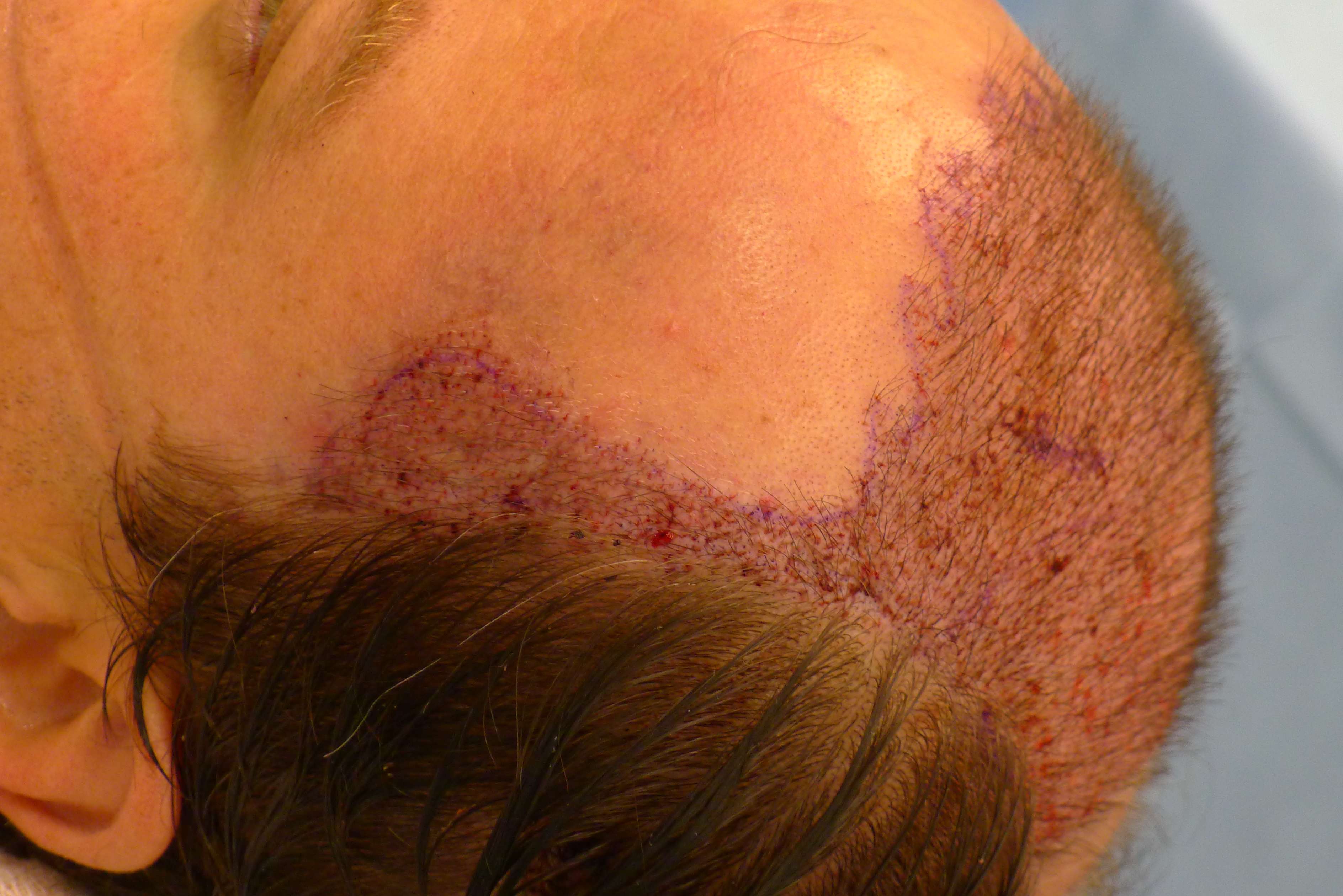
Size of the donor area: 42 x 1.5cm,. Tricof?tica suture with good closing, patient presented good elasticity, without tension.
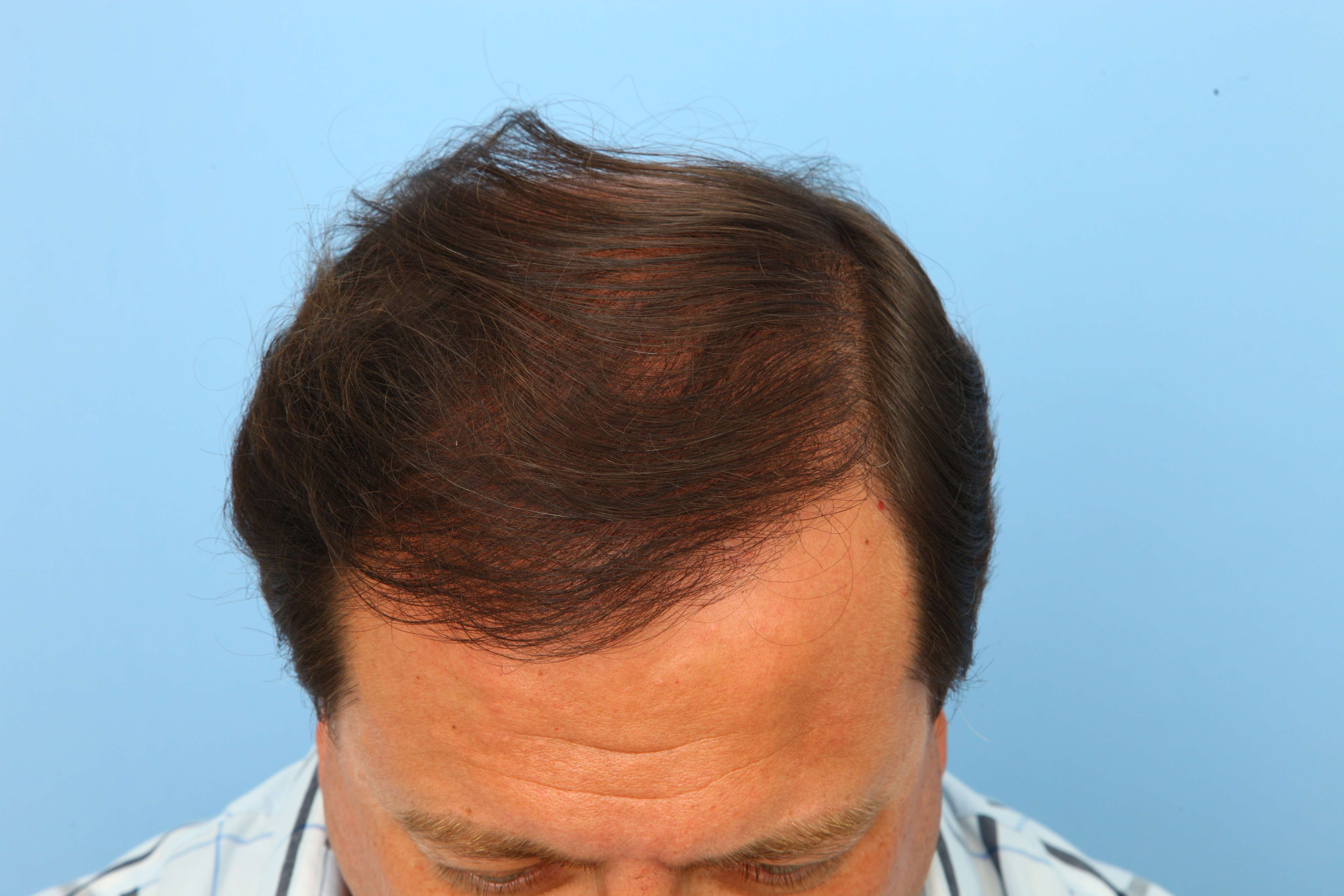
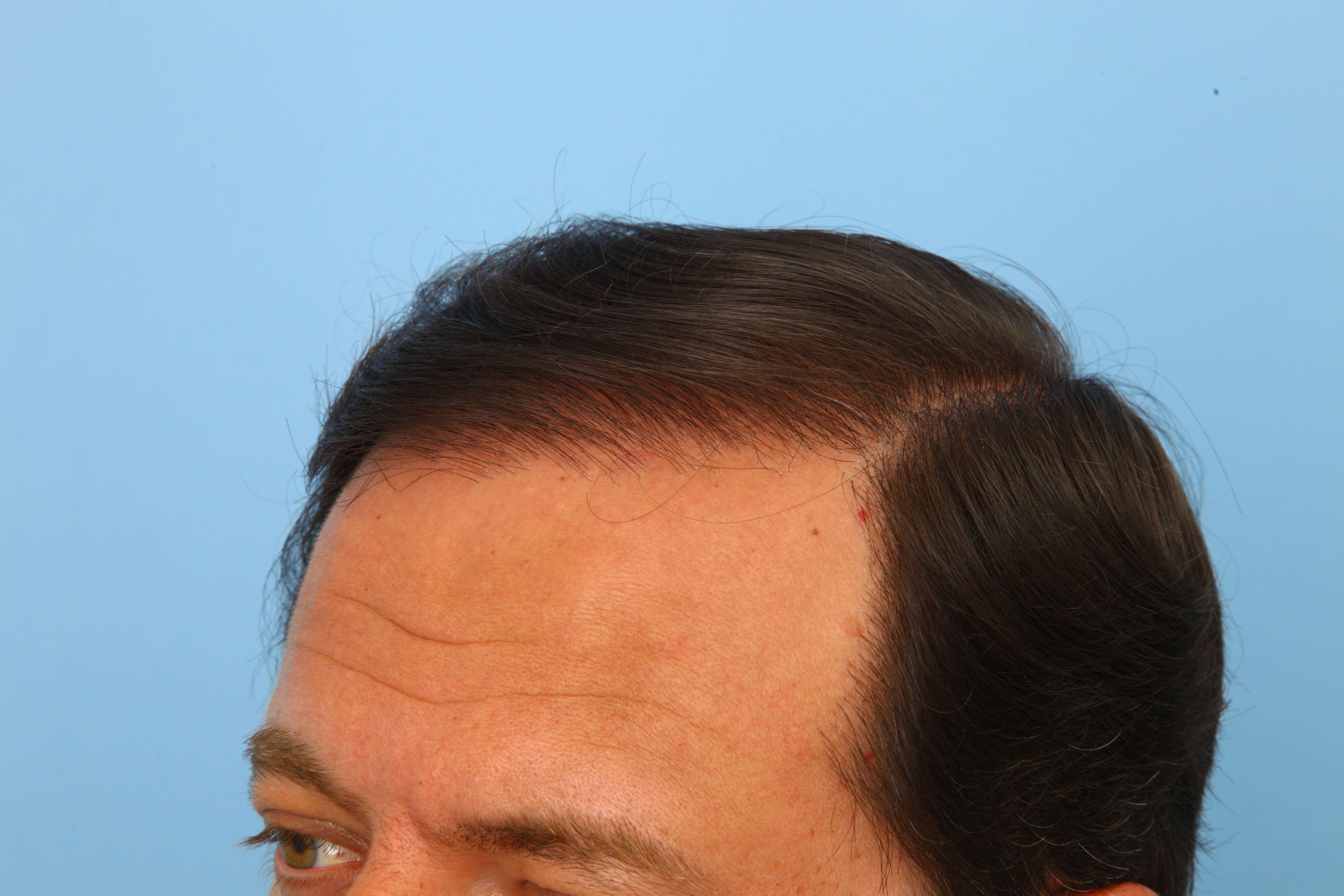
-
With this new and delicate technique, the healing process in the donor area became unnoticeable even in close-ups and with shorter haircuts . The brilliance of this technique is to allow hair to grow on the fine scar line which is still in formation, “camouflaging” it.
The main concept is that after removing from the donor area, a 45 degree chamfer, with 1 to 2 mm width and depth is made on one of the edges, making it become a band. The 1mm wide scar, which may occasionally occur (in most cases it is invisible), is still there, but is now covered with hair.
Results:
-
-
-
-
-
















































.jpg.ded5108119474e173605eed9a3d71f30.jpg)























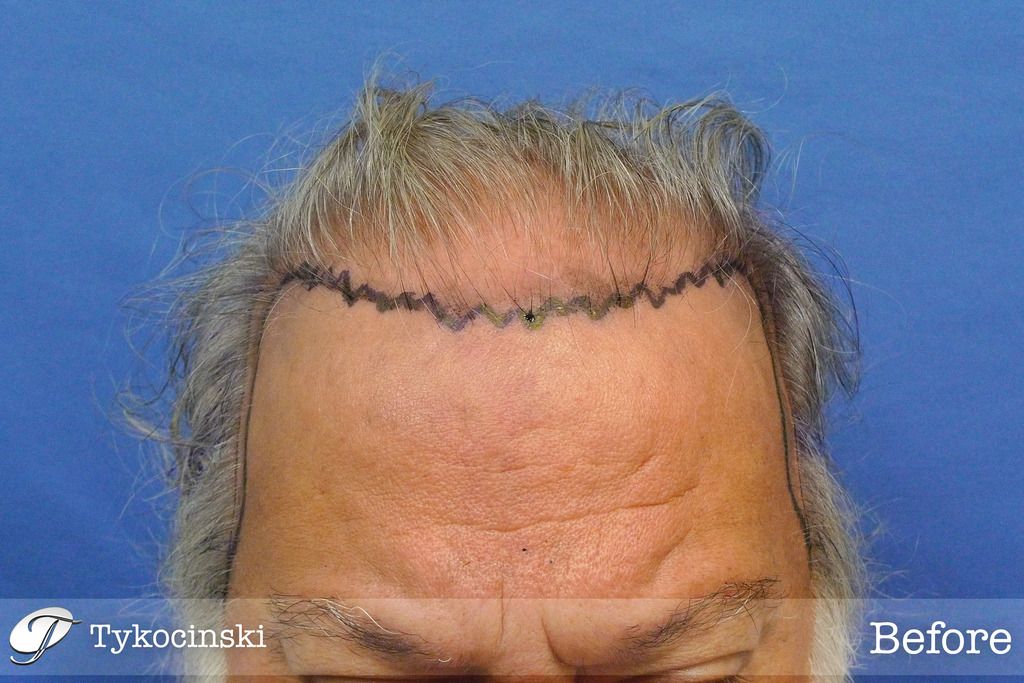
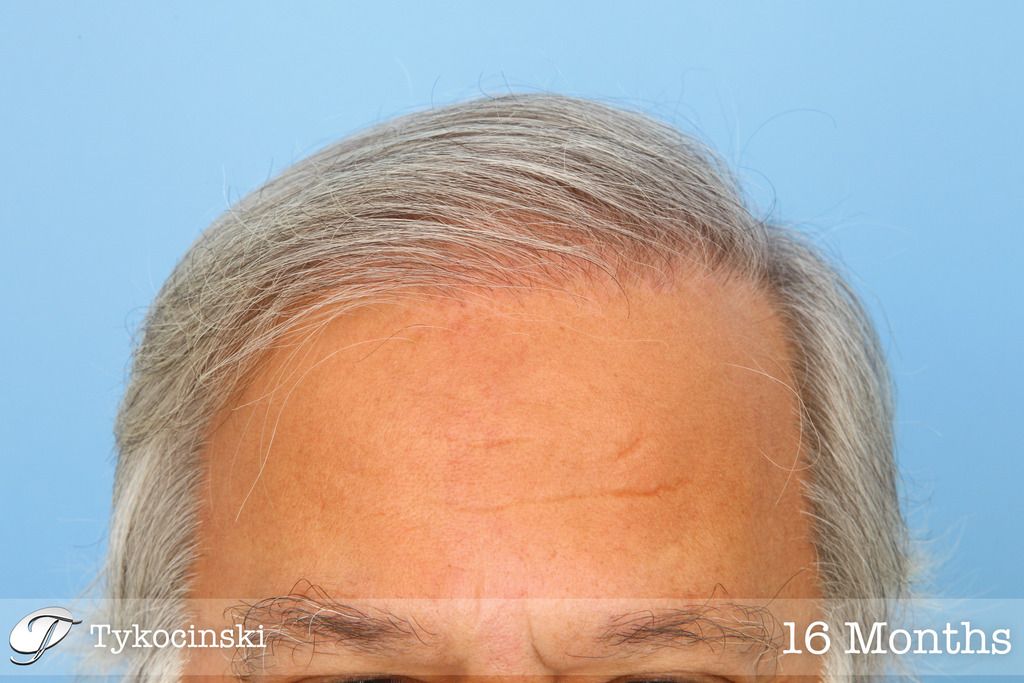
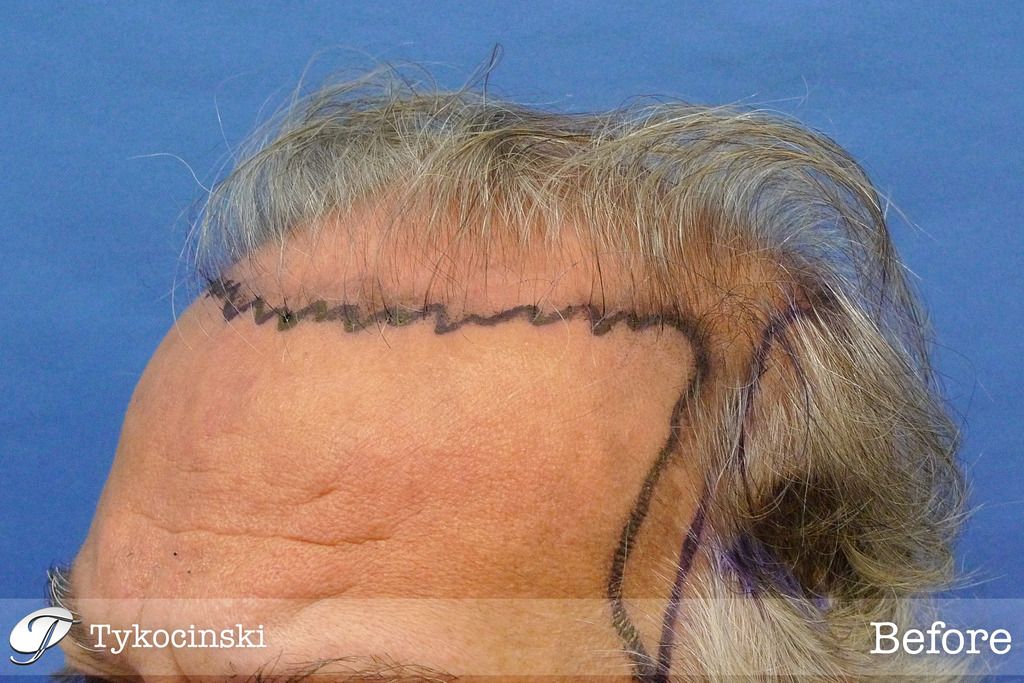
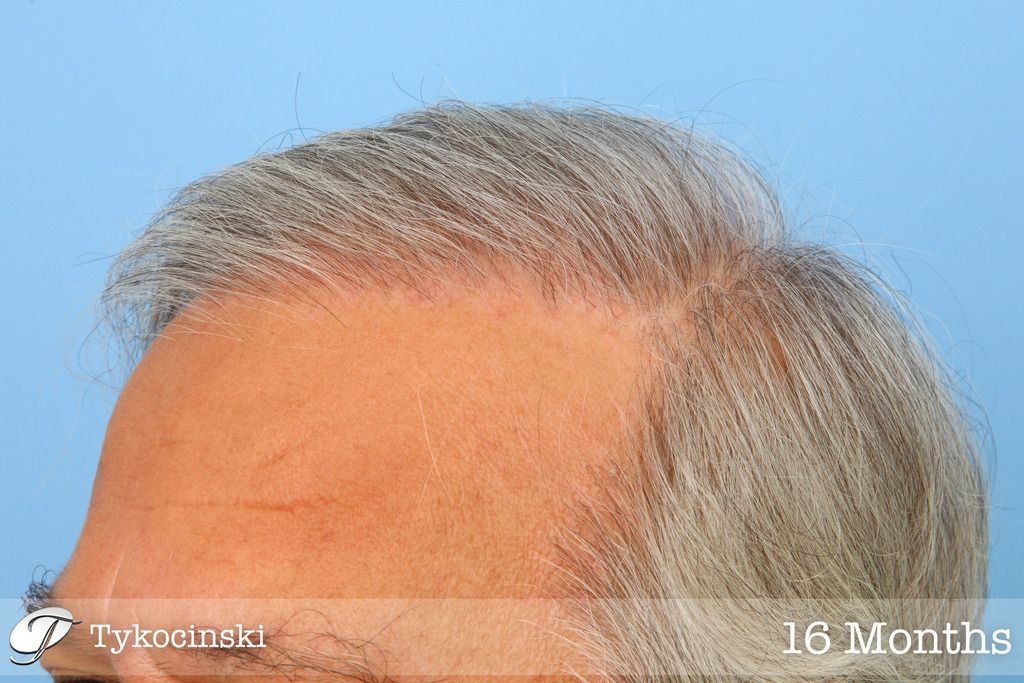
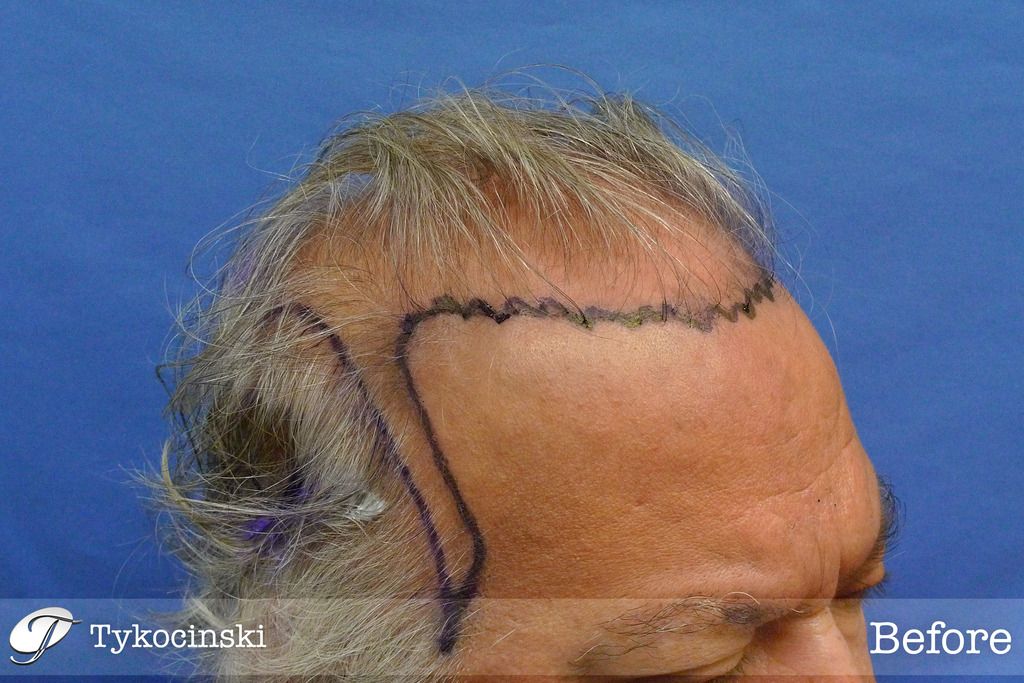
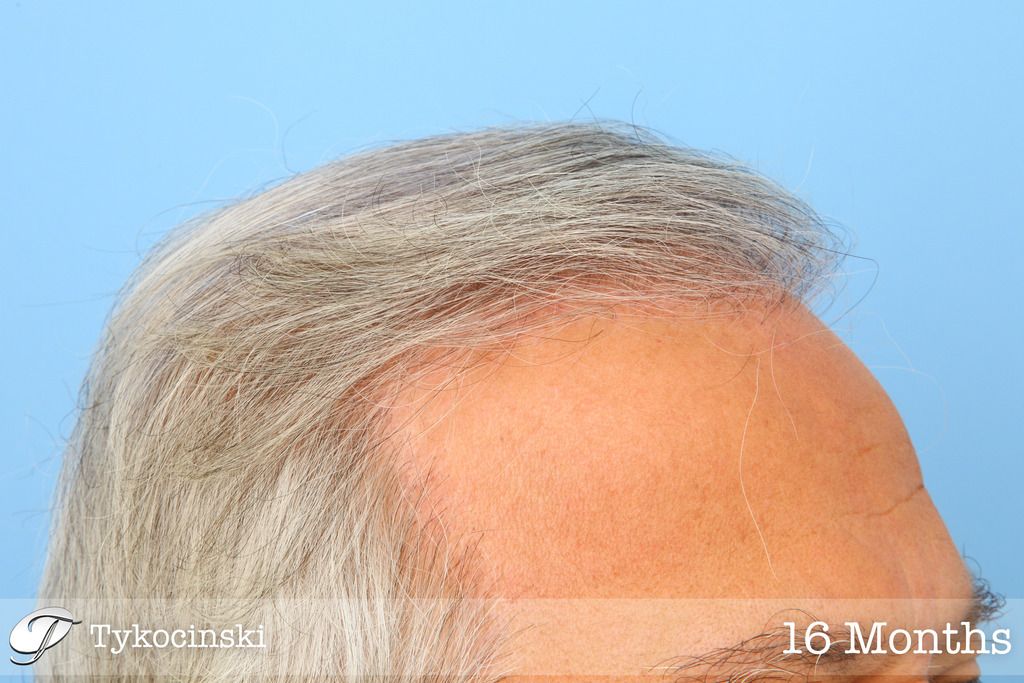
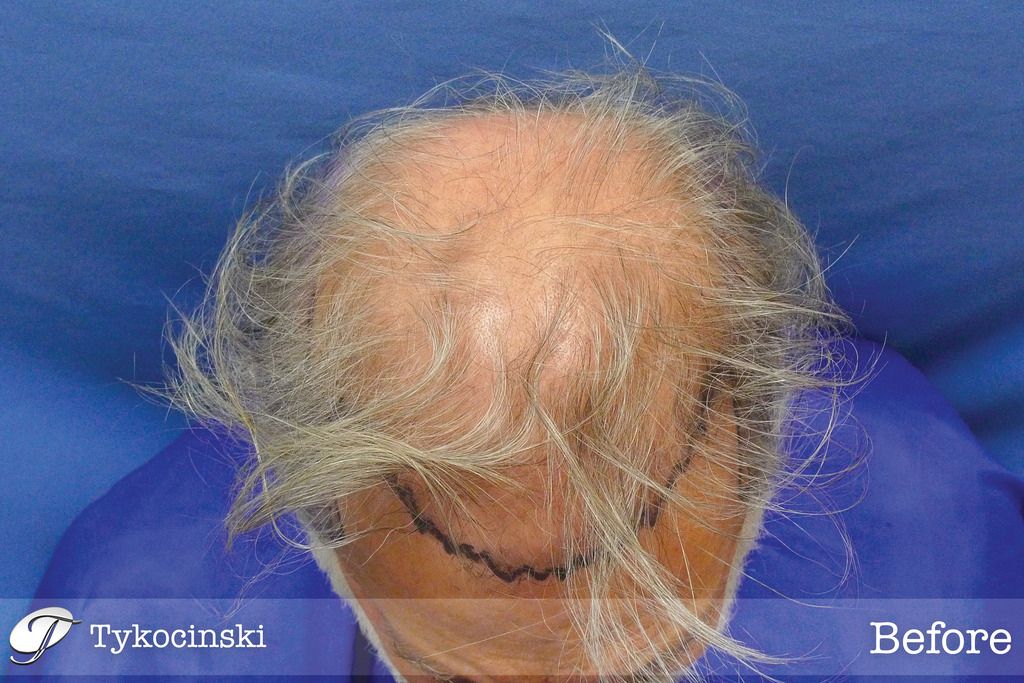



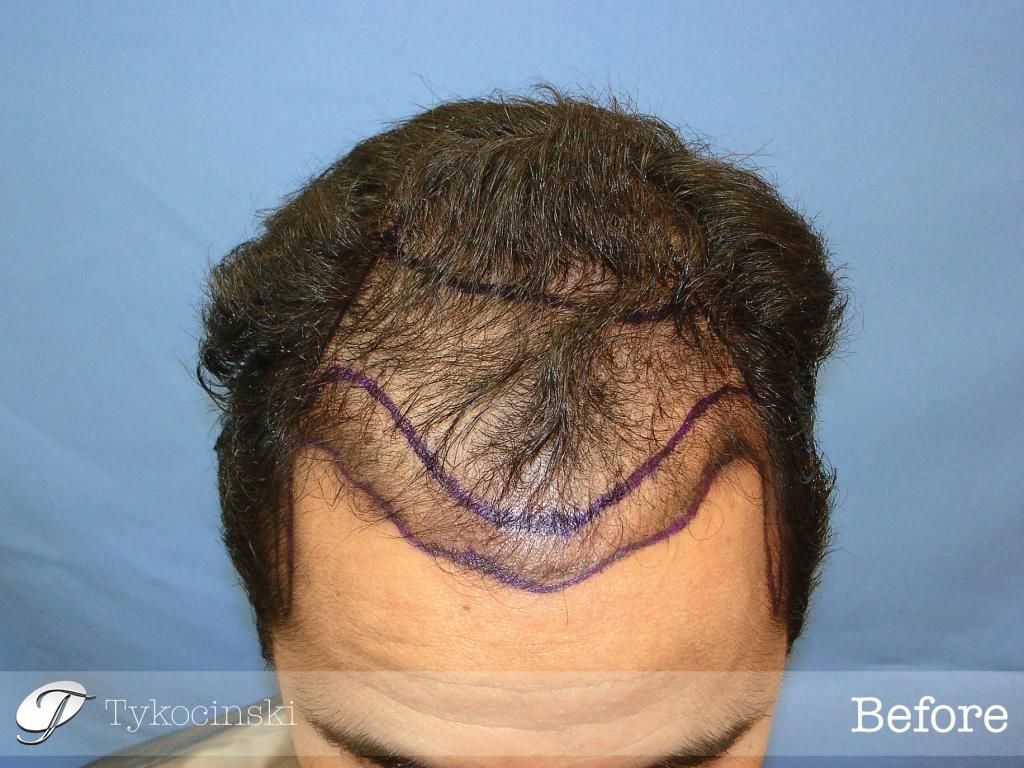
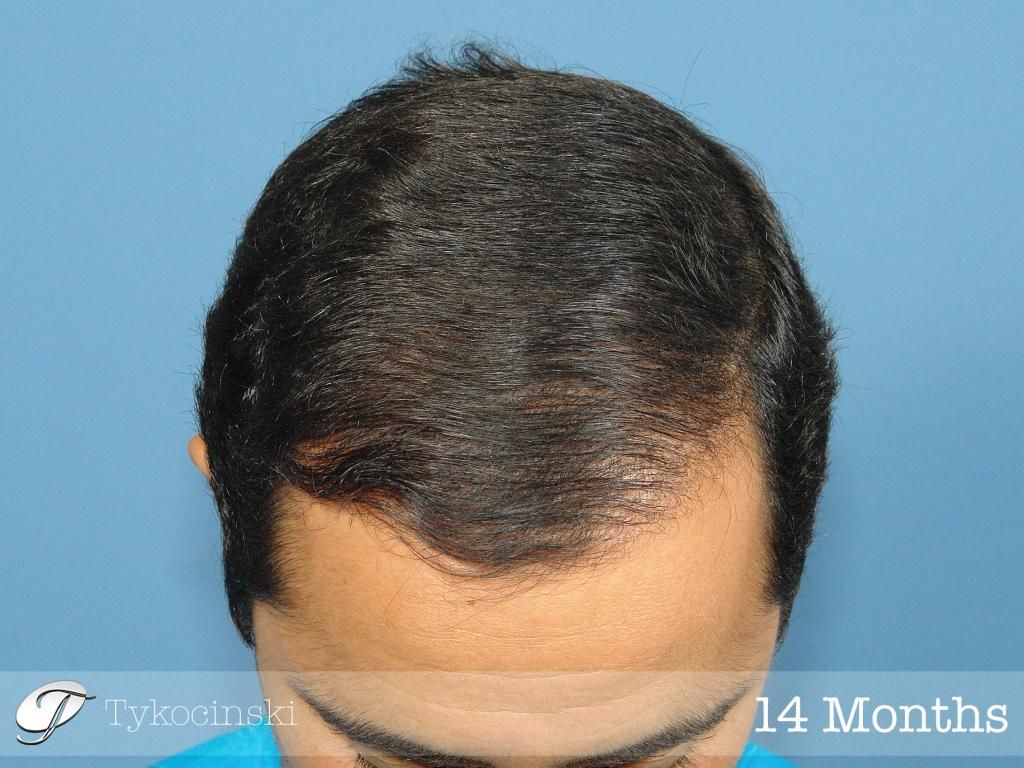
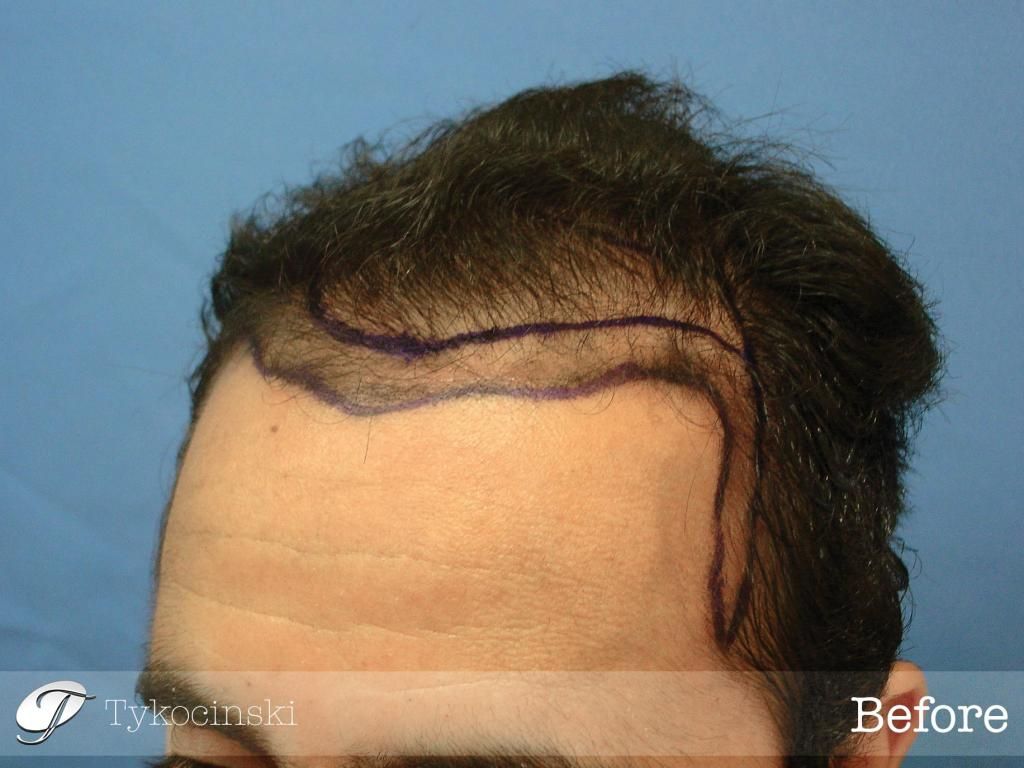

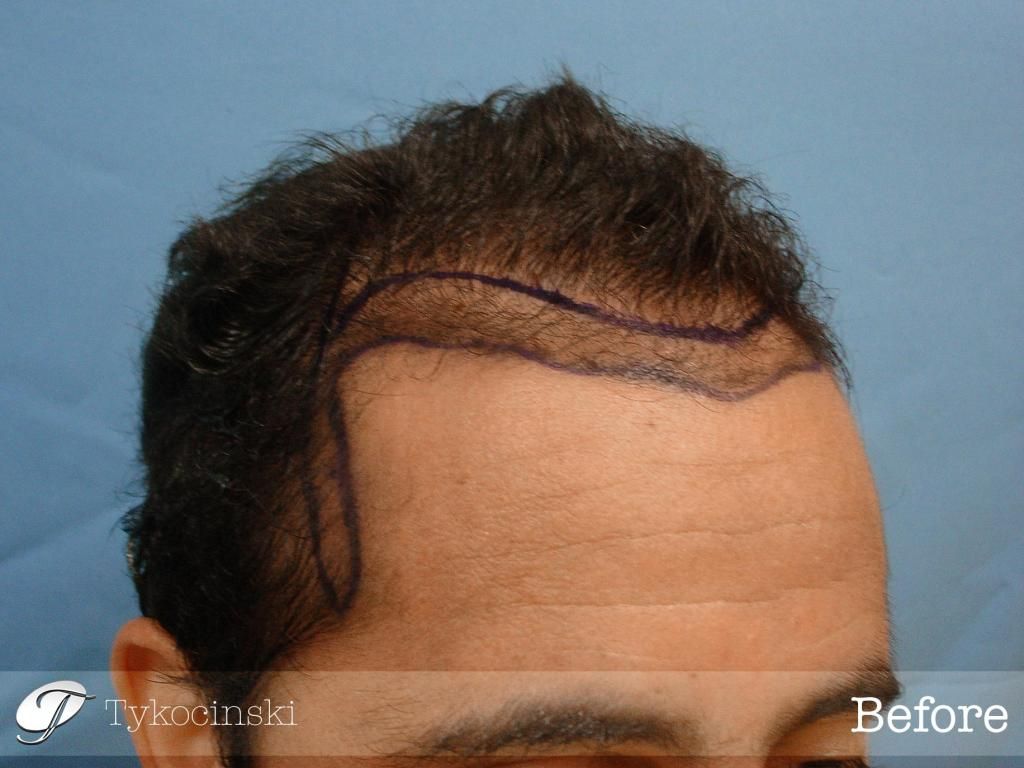
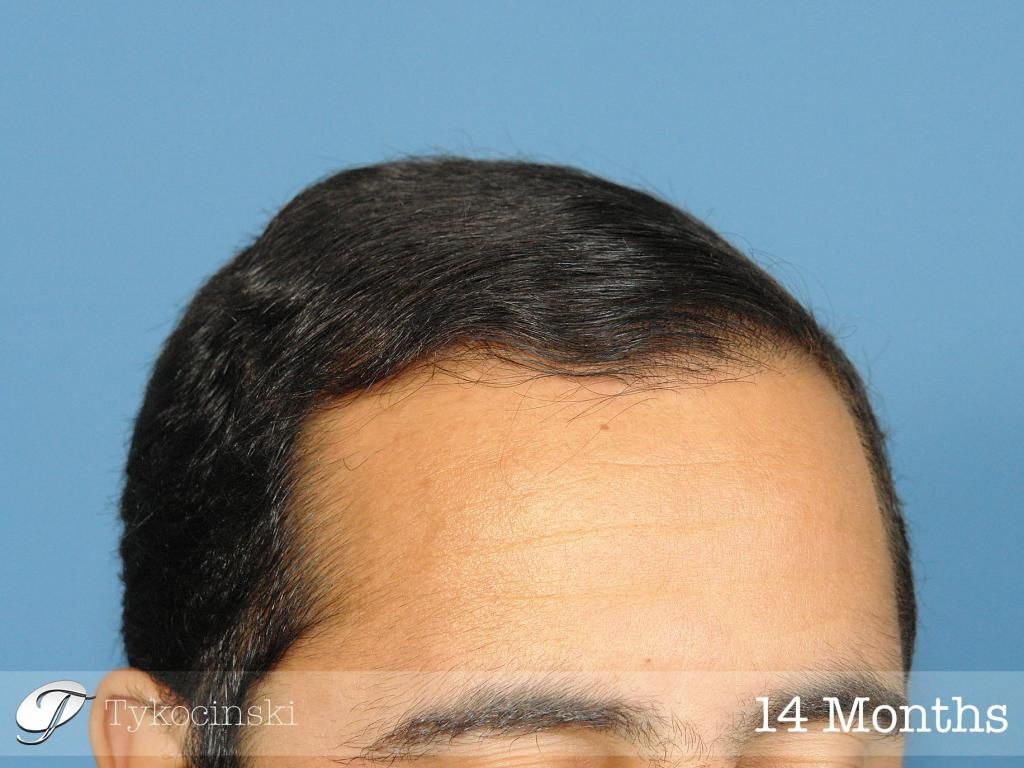
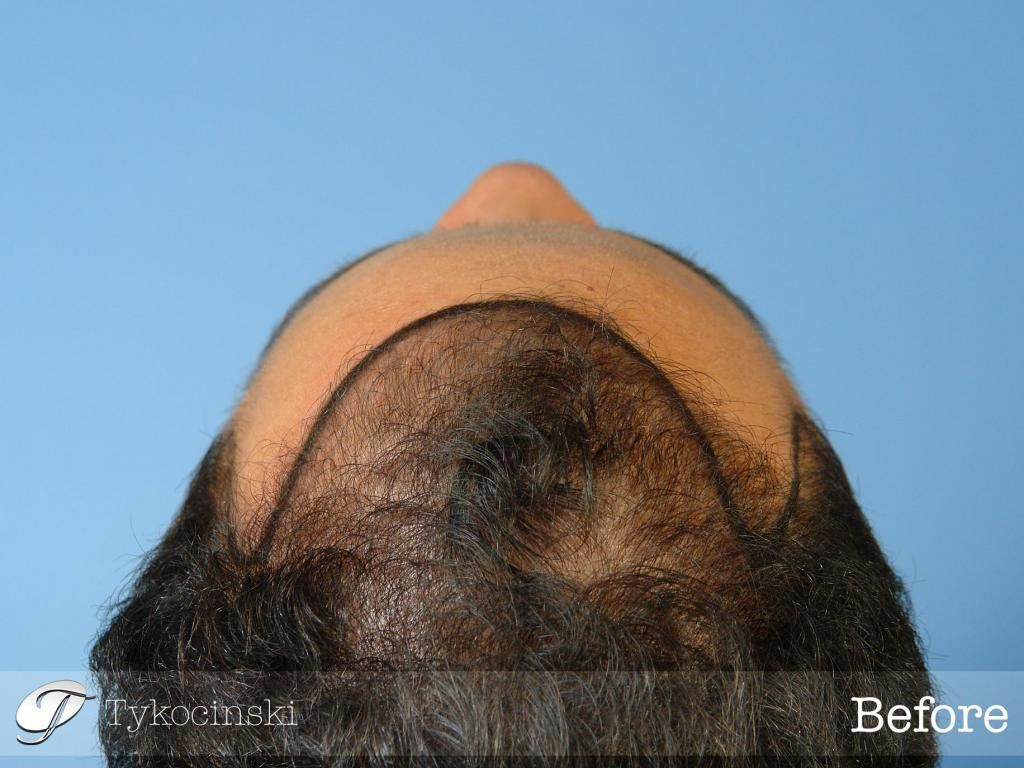
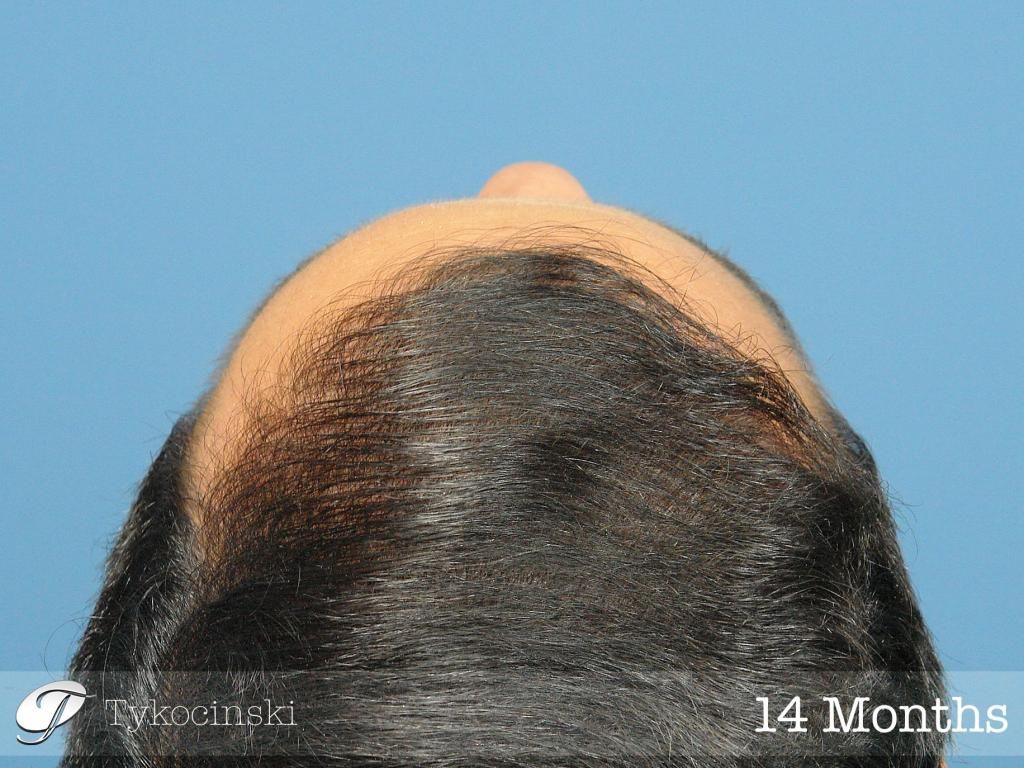

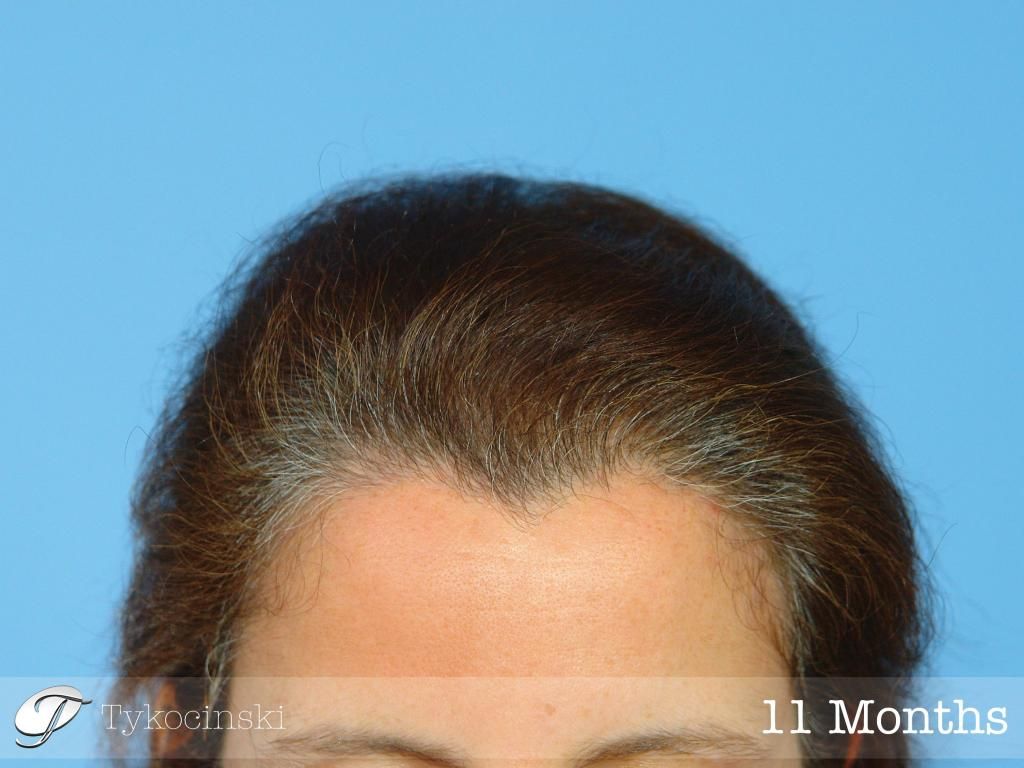
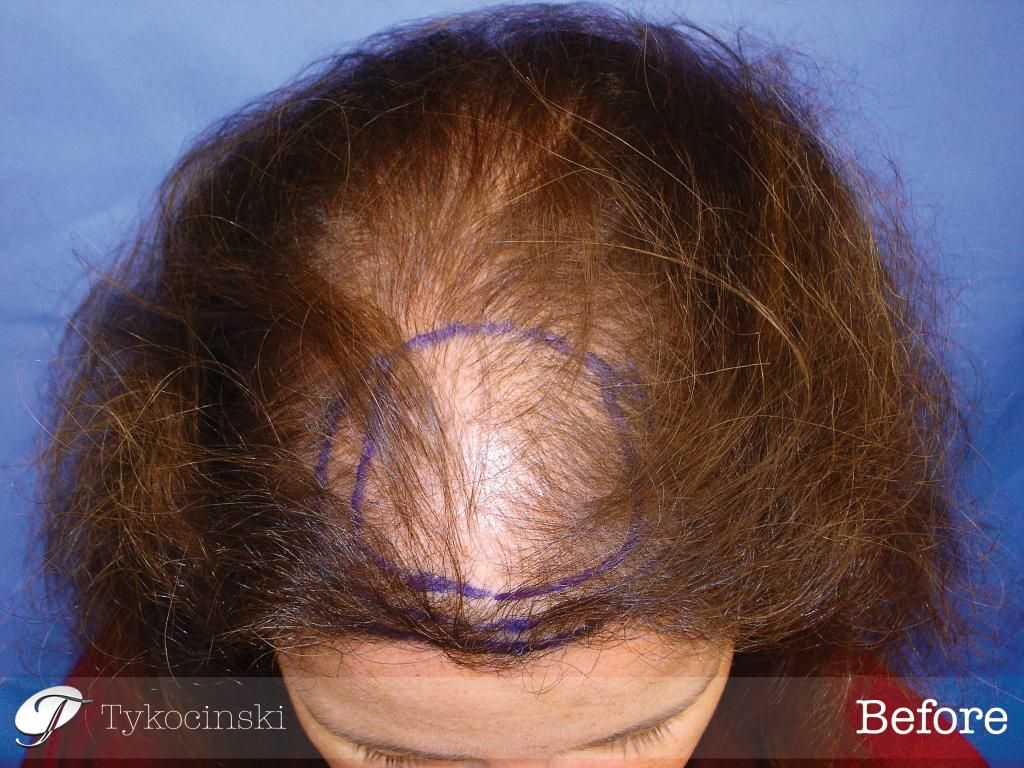
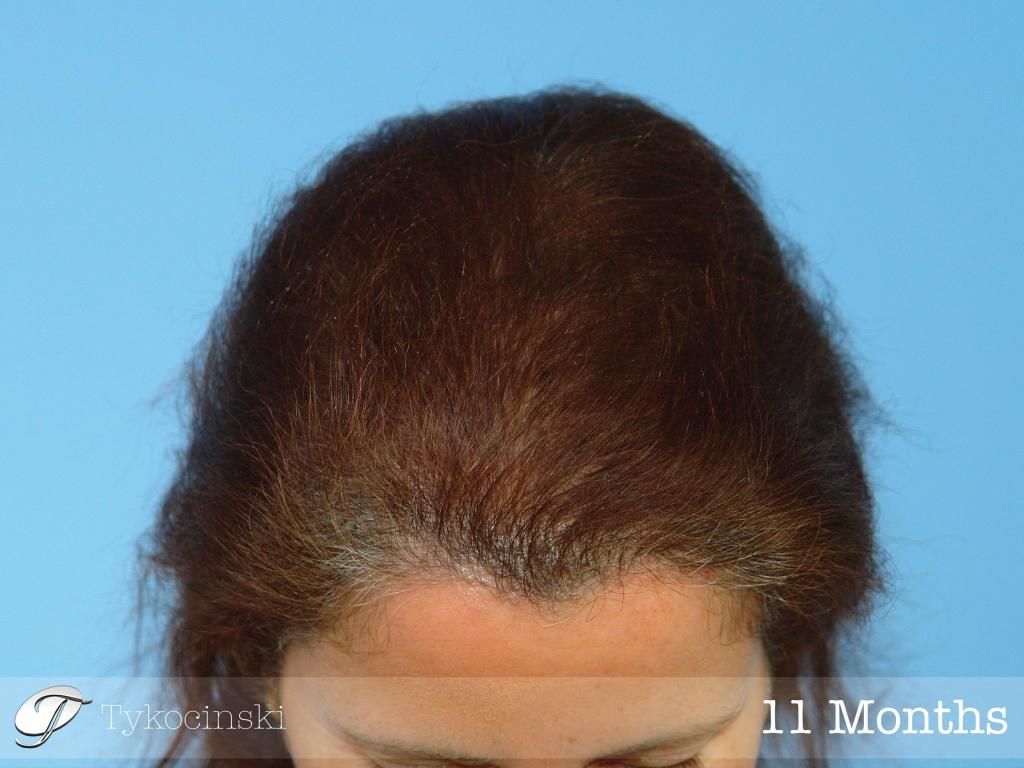

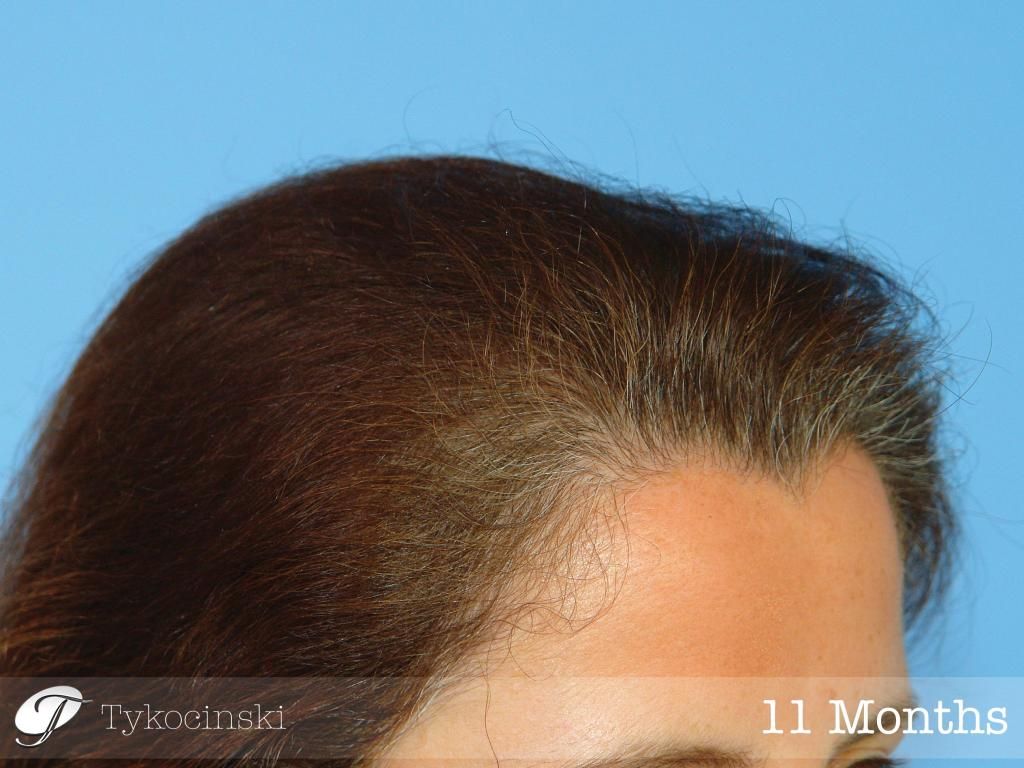
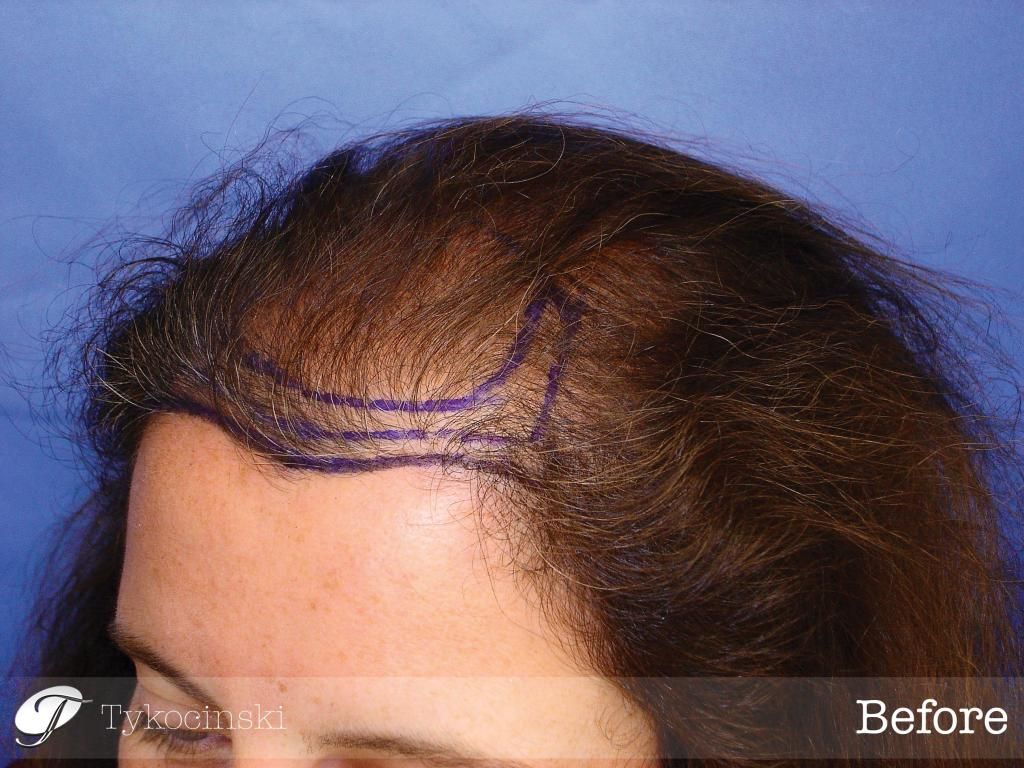
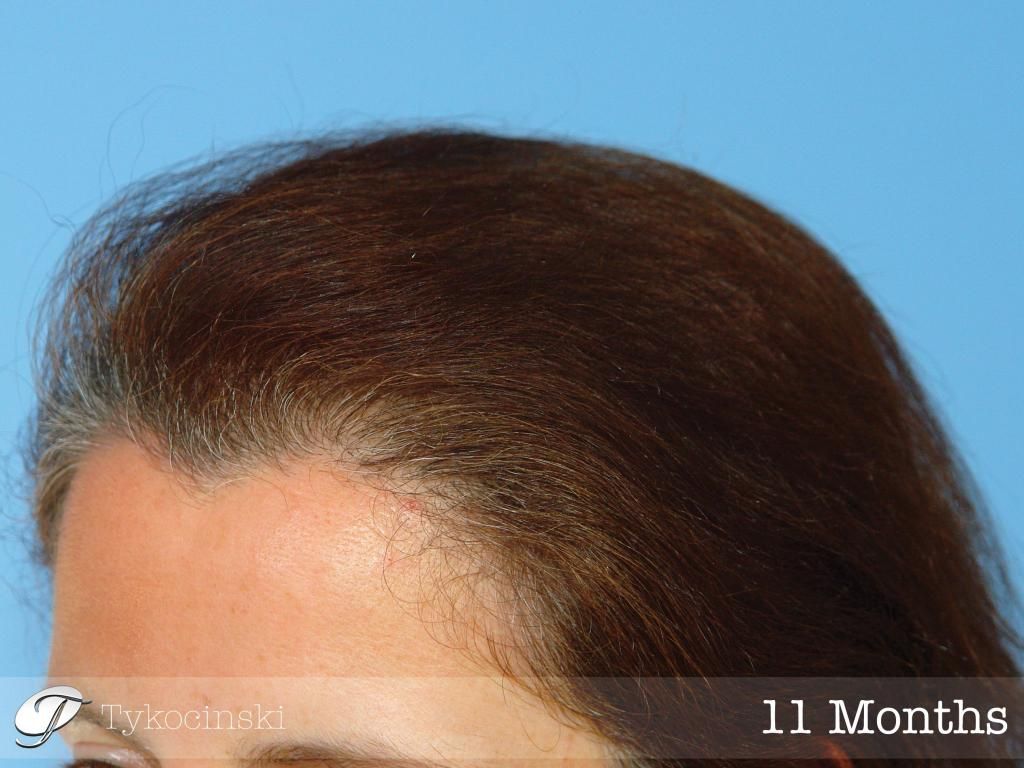


Single FUT: 9.038 hairs and no visible scars in donor area
in Results Posted by Leading Hair Restoration Clinics
Posted
Patient 50 y.o
Fut + trichophytic closure
Watch the video: